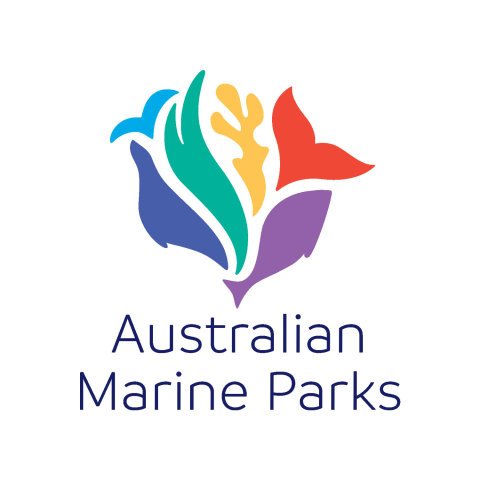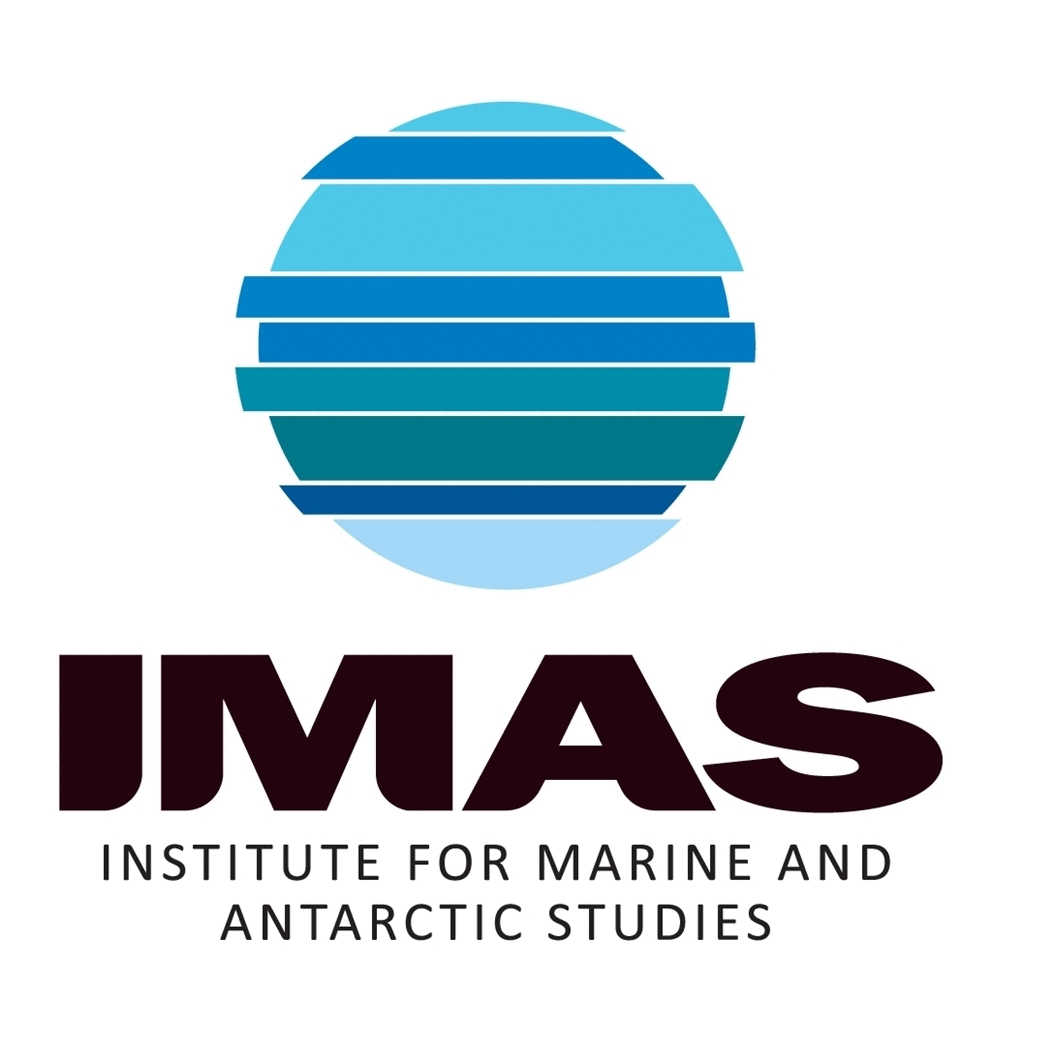biota
Type of resources
Topics
Keywords
Contact for the resource
Provided by
Years
-
The Tasman Fracture CMR AUV survey was a pilot study undertaken in 2014/15 as part of the National Marine Biodiversity Hub's National monitoring, evaluation and reporting theme. The aim of this theme is to develop a bluepint for the sustained monitoring of the South-east Commonwealth Marine Reserve Network. The particular aim of the survey was to contribute to an inventory of the distribution and abundance of demersal fishes in the reserve and adjacent reference sites using BRUVs. Data contained here represents footage collected using these drops and the associated scored data (abundance and lengths).
-
This record relates to communications outputs of a research project which centered around working with Indigenous communities to raise the profile of the Largetooth Sawfish and support community driven conservation efforts. Some of the items are intended for public viewing (videos and educational signage); but the other outputs are intended for use by the Indigenous communities involved in the sampling (trip reports and Malak Malak annual floodplain sampling protocol and I-Tracker data collection application).
-
The data is quantitative abundance of fish and megafaunal invertebrates and algal % cover derived from transect based counts at a wide range of locations across Temperate Australia. The methods are described in detail in Edgar and Barrett (1997). Primarily the data are derived from transects at 5 m depth and/or 10 m depth at each site surveyed. Methods were initially developed for research on temporal changes following protection in Tasmanian long-term MPAs (Maria Is, Tinderbox, Ninepin Point, Governor Island), and the data represented by this record has been collected at Ninepin Point. In many cases the dataset involves temporal replication (year scale), particularly for the core Tasmanian MPAs represented by this record.
-

This record provides an overview of the NESP Marine and Coastal Hub Research Plan 2024 project "Environmental concentrations of emerging contaminants in coastal stormwater". For specific data outputs from this project, please see child records associated with this metadata. -------------------- Australia’s Waste Policy Action Plan, Threat Abatement Plan for the impacts of marine debris and Australia’s One Health Master Action Plan all refer to the need for emerging pollutants to be incorporated into contaminant guidelines. A scoping study conducted by NESP MaC Hub in 2022 (Project 1.16) determined there is a clear and consistent need for data on environmental concentrations of contaminants of emerging concern (CECs) and an assessment of their impact on ecological communities. To build an evidence-based understanding of the environmental concentrations of these contaminants and their ecological significance in Australian coastal waters, NESP MaC Project 2.4 was co-designed with end-users to determine environmental concentrations and potential ecological effects at selected wastewater treatment plant outfalls. In 2023, end-users stated a need for improving the temporal and spatial resolution of the current project. Project 2.4 used outputs of oceanographic simulations and other information to identify a small set of locations for sampling that are representative of a range of receiving water contexts. Spatial surveys of contaminants of emerging concern (CECs) in water and sediments were undertaken during the dry period to limit the potential for stormwater inputs, and only one time period was sampled. An implicit assumption of the sampling design was that stormwater also contains CECs and could confound the assessment of contaminants in wastewater. This project (4.22) is an extension of Project 2.4 and will determine the concentration of emerging pollutants in coastal stormwater, and in wastewater treatment plant (WWTP) effluent, and do so on a seasonal basis. Sampling will be undertaken in two key locations: Gamay (NSW) and Glenelg (South Australia). These are the same locations sampled in Project 2.4 (with a focus on WWTPs) which will enable the concentrations of CECs to be compared at stormwater locations. Outputs • Updates to the National Outfall Database for 2022/23, including proposed new attributes for collection [dataset] • Data from Gamay (Botany Bay) NSW including (1) contaminant levels in water and sediments (2) physico-chemical data; (3) microbial community and genetics composition of water and sediments [dataset] • Timeseries (seasonal) CEC data from wastewater effluent at Glenelg beach area (SA) [dataset] • [Possible] High-resolution temporal CEC data from a stormwater event in St Vincents Gulf [dataset] • Final project report [written]
-
Short-tailed shearwater stable isotope data, nitrogen and carbon. This data was collected to document dietary trends.
-
This dataset derives from deployments of pelagic baited camera systems (stereo-BRUVS) conducted within the Oceanic Shoals Commonwealth Marine Reserve (CMR) in the Timor Sea during September and October 2012 onboard the RV Solander. This resource comprises species lists and relative abundance data (measured as MaxN, the maximum number of individuals of a given species captured in any one frame) for 116 sampling sites surveyed across three focal areas. The Oceanic Shoals Commonwealth Marine Reserve survey was undertaken as an activity within the Australian Government's National Environmental Research Program Marine Biodiversity Hub and was the key component of Research Theme 4 - Regional Biodiversity Discovery to Support Marine Bioregional Plans. Hub partners involved in the survey included the Australian Institute of Marine Science, Geoscience Australia, the University of Western Australia, Museum Victoria and the Museum and Art Gallery of the Northern Territory. Data acquired during the survey included: multibeam sonar bathymetry and acoustic backscatter; sub-bottom acoustic profiles; physical samples of seabed sediments, infauna and epibenthic biota; towed underwater video and still camera observations of seabed habitats; baited video observations of demersal and pelagic fish, and; oceanographic measurements of the water column from CTD (conductivity, temperature, depth) casts and from deployment of sea surface drifters. Further information on the survey is available in the post-survey report published as Geoscience Australia Record 2013/38: Nichol, S.L., Howard, F.J.F., Kool, J., Stowar, M., Bouchet, P., Radke, L.,Siwabessy, J., Przeslawski, R., Picard, K., Alvarez de Glasby, B., Colquhoun, J., Letessier, T. & Heyward, A. 2013. Oceanic Shoals Commonwealth Marine Reserve (Timor Sea) Biodiversity Survey: GA0339/SOL5650 - Post Survey Report. Record 2013/38. Geoscience Australia: Canberra. (GEOCAT #76658).
-
To test if the carapace length of lobsters changes during cooking, 21 legal-sized southern rock lobsters were collected in pots from Alum Cliffs, south-eastern Tasmania, Australia in October 1999 (42.95±S 147.35±E). The sample consisted of 7 female and 14 male lobsters ranging in carapace length from 106 mm to 153 mm (mean 120 mm). Each animal was abdominally tagged using individually marked t-bar tags (Hallprint T-bar anchor tag, TBA1; Hallprint Pty Ltd, 27 Jacobsen Crescent, Holden Hill, SA 5088, Australia). The carapace length of all lobsters were measured five times to the nearest 0.1 mm in a random manner, before and after processing. This repeated measurement of all specimens in random order was intended to evaluate measurement error. Processing was typical of that used commercially and involved killing the lobsters in fresh water before cooking in pre-boiling salted water for 12 minutes.
-
Phytoplankton productivity in the polar Southern Ocean (SO) plays an important role in the transfer of carbon from the atmosphere to the ocean’s interior, a process called the biological carbon pump, which helps regulate global climate. SO productivity in turn is limited by low iron, light, and temperature, which restrict the ef- ficiency of the carbon pump. Iron and light can colimit productivity due to the high iron content of the photosynthetic photosystems and the need for increased photosystems for low-light acclimation in many phytoplankton. Here we show that SO phytoplankton have evolved critical adaptations to enhance photosynthetic rates under the joint constraints of low iron, light, and temperature. Under growth-limiting iron and light levels, three SO species had up to sixfold higher photosynthetic rates per photosystem II and similar or higher rates per mol of photosynthetic iron than tem- perate species, despite their lower growth temperature (3 vs. 18 °C) and light intensity (30 vs. 40 μmol quanta·m2·s−1), which should have decreased photosynthetic rates. These unexpectedly high rates in the SO species are partly explained by their unusually large photosynthetic antennae, which are among the largest ever recorded in marine phytoplankton. Large antennae are disadvan- tageous at low light intensities because they increase excitation energy loss as heat, but this loss may be mitigated by the low SO temperatures. Such adaptations point to higher SO production rates than environmental conditions should otherwise permit, with implications for regional ecology and biogeochemistry.
-

Parks Australia - Our Marine Parks Grants Round 2 Project: Nearshore marine habitat mapping of the Norfolk Marine Park (Grant Activity ID: 4-FIZ391E) The Norfolk Marine Park is the is the eastern-most Park in the Temperate East Network of Australian Marine Parks, located between the NSW coast and Norfolk Island. The Park encompasses 188,444 km² of ocean and ranges in depth from 0 m at the Norfolk Island high tide mark to more than 5,00 m off the edge of the Norfolk Ridge. The Park includes two key ecological features – the Norfolk Ridge, and the Tasman Front and associated eddy field – both of which are valued for their high productivity, aggregations of marine life, biodiversity, and endemism. Norfolk Marine Park supports a range of species, including those listed as threatened under the Environment Protection and Biodiversity Conservation (EPBC) Act (1999), and contains Biologically Important Areas for breeding, foraging, and migration of seabirds, marine turtles, and humpback whales. The objective of this project was to create the first marine habitat map for the nearshore shallow water surrounding Norfolk, Nepean, and Phillip Islands. This was conducted in collaboration with Norfolk residents to provide local knowledge input and to ground-truth the remotely-sensed habitat mapping. This high-level habitat map will be used for planning purposes, development applications, and EPBC Act referrals within the nearshore waters of the Norfolk Marine Park, where no specific zoning for recreational and commercial activities currently exists. The map provides a basis for any ongoing citizen-science-driven marine habitat impact and condition assessments, ecosystem monitoring, and to provide the Norfolk Island residents with ownership of any future zoning planning. The map can be further refined as more detailed information becomes available from subject matter experts in the future.
-
The abundance of macroinvertebrates associated with 28 experimental artificial reefs supporting different patch sizes and density of kelp (Ecklonia radiata) off Maria Island, Tasmania. Macroinvertebrates were assessed by diver-based visual census conducted between November 2015 and December 2016. This data was collected to examine how the patch size and density of kelp influences the establishment of macroinvertebrate assemblages.
 IMAS Metadata Catalogue
IMAS Metadata Catalogue